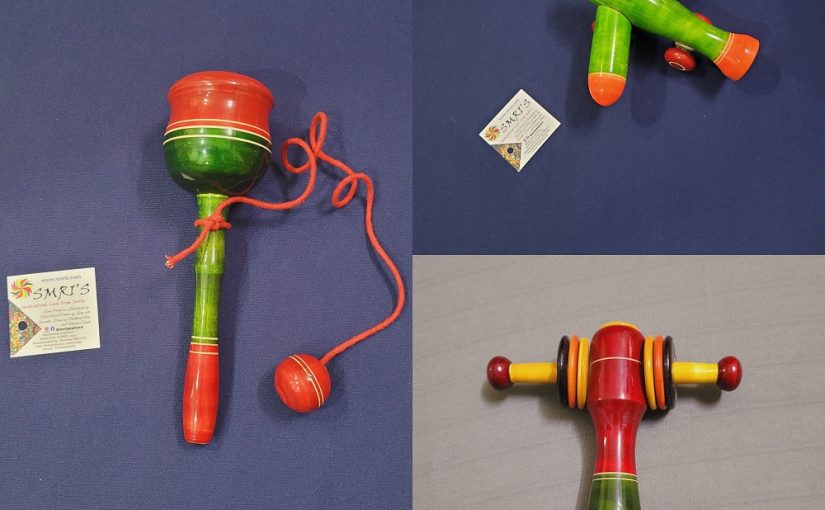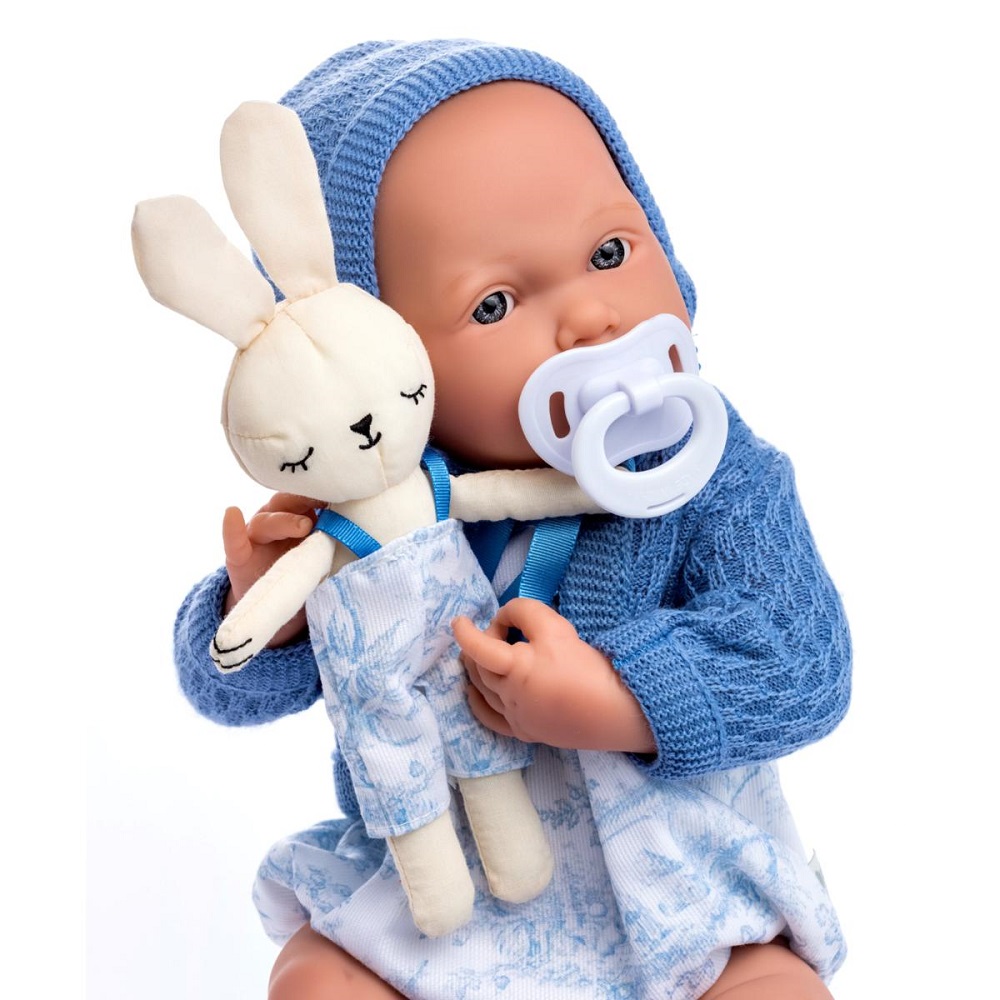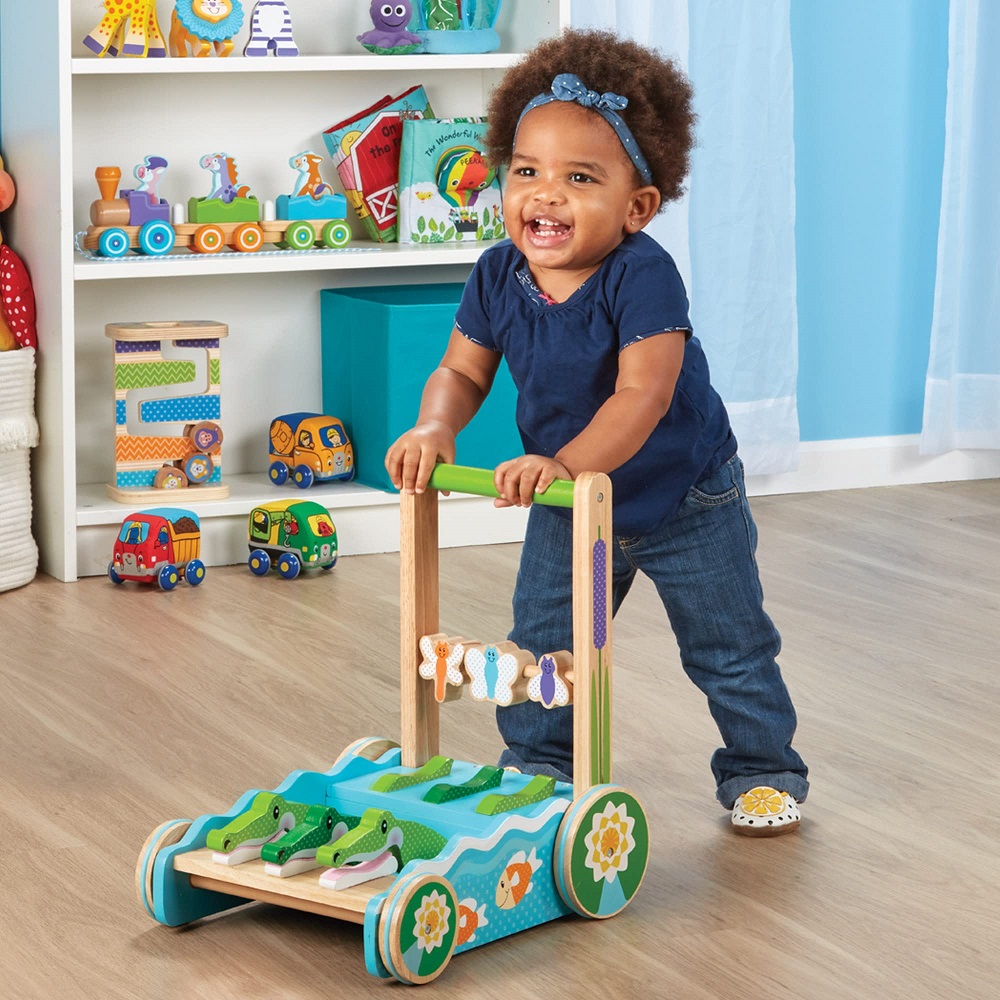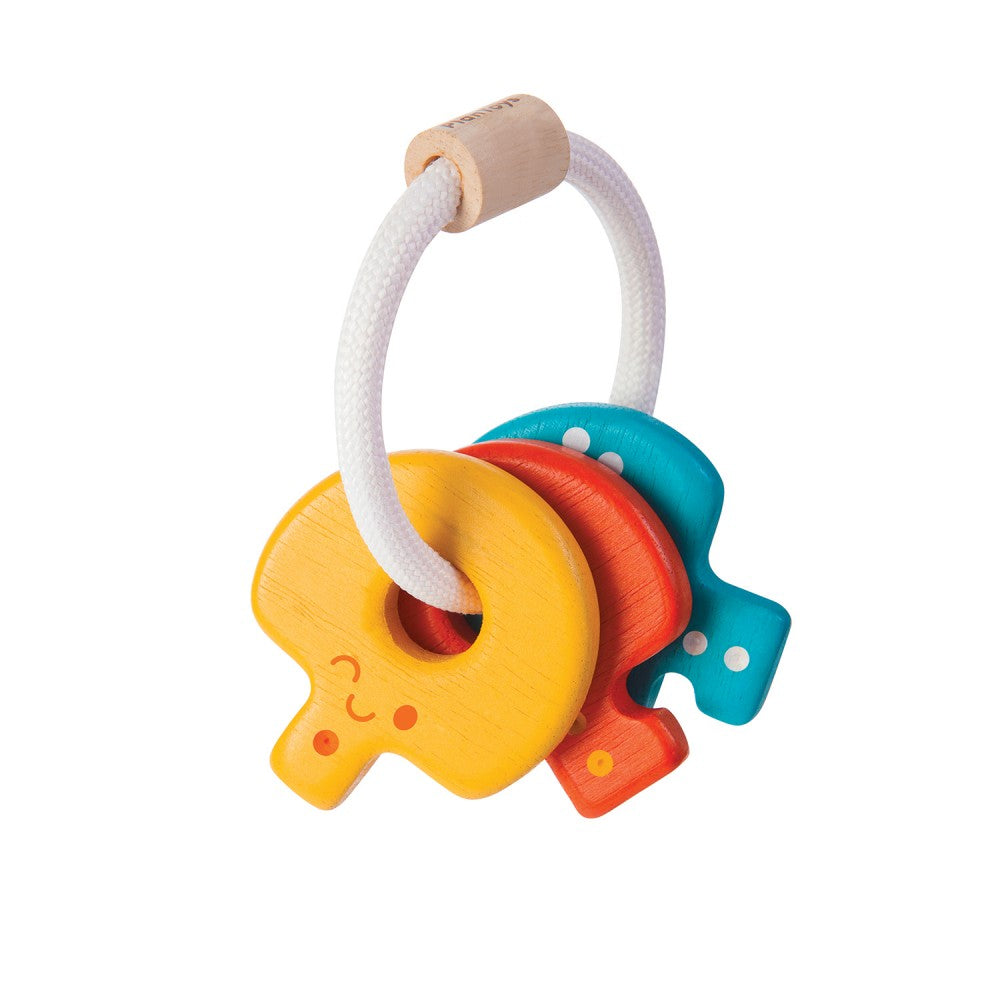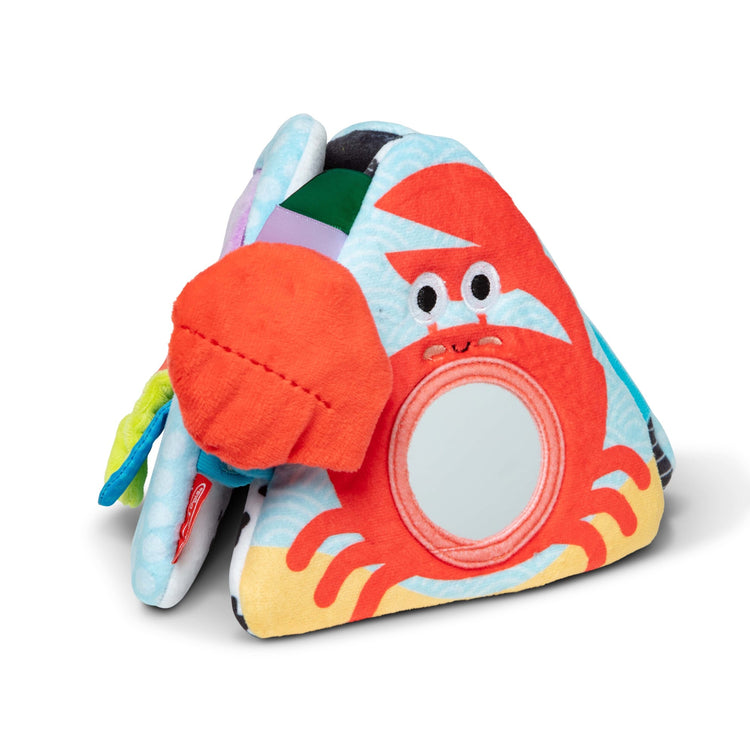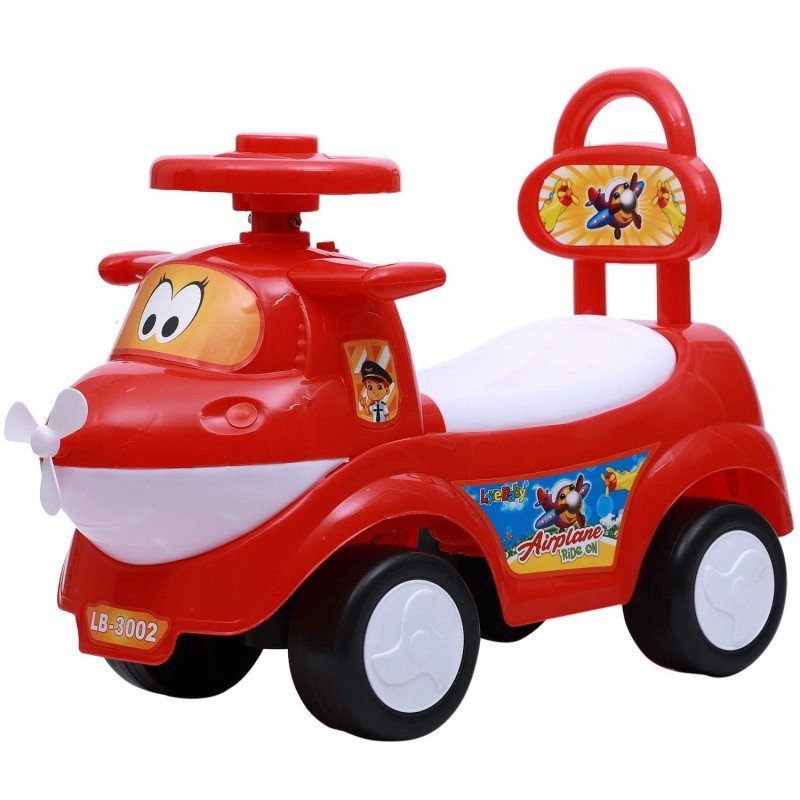Why Safe Toys Are Essential for Newborns
Choosing safe newborn baby toys is vital for their health and happiness. Babies explore through touch, taste, and bite, making toy safety a top priority. Toys should support development without risking harm. Let’s explore why safe toys matter so much.
Risks of Unsafe Toys
Unsafe toys can pose serious threats to newborns. Small parts can cause choking hazards if swallowed. Sharp edges might hurt sensitive skin or delicate hands. Hard materials can lead to injuries during play. Poorly designed toys may break, creating potential hazards. Toxic chemicals in materials can harm a baby’s health when chewed or sucked. Always check labels and details before buying.
Importance of Non-toxic Materials
Non-toxic materials help ensure the safety of newborns. Babies often place toys in their mouths, exposing them to materials directly. Using safe, toxin-free materials reduces the chance of harmful chemical exposure. Look for toys labeled BPA-free, phthalate-free, and free from lead. Natural, organic materials are excellent choices for a baby’s sensitive system. Prioritize trusted brands that offer certified non-toxic toys to ensure safety.

Best Types of Toys for Newborns
Newborns need toys that are safe, soft, and promote sensory development. Toys should match their developmental stage. Below are some of the best types of toys to consider for newborns.
Soft Plush Toys
Soft plush toys are perfect for cuddling and comfort. They should be made of non-toxic fabrics. Ensure there are no loose parts like buttons or beads. Choose washable options to keep them clean and hygienic. Simple designs without excessive details are ideal for safety. Suitable plush toys can provide warmth and help soothe newborns.
Teething Toys
Teething toys help relieve gum pain during the teething process. These toys should be BPA-free and made of non-toxic materials. Silicone or rubber teething toys are gentle on sensitive gums. Look for designs easy for tiny hands to grip. Some teething toys include textures to enhance sensory experience. Always clean teething toys regularly to ensure hygiene.
Rattles and Sensory Toys
Rattles and sensory toys engage a baby’s senses and develop motor skills. These toys should have vibrant colors and gentle sounds. Look for soft, rounded designs with no sharp edges. Some sensory toys include crinkly fabrics or mirrors for extra stimulation. Lightweight and easy-to-hold toys make playtime enjoyable. Sensory-focused toys encourage exploration and curiosity while keeping babies entertained.
Features to Look for in Newborn Baby Toys
When choosing newborn baby toys, focus on three critical features. These include safety certifications, easy-to-clean materials, and age-appropriate design. Each ensures that toys are safe and suited for a baby’s needs. Let’s examine these features closely.
Safety Certifications
Safety certifications guarantee that toys meet high standards for newborn safety. Check for certifications like ASTM, EN71, or CPSIA compliance. These confirm the toy materials are non-toxic and safe for infants. Avoid toys without clear safety labels. Prioritize brands committed to producing certified safe toys. This ensures peace of mind for parents.
Easy-to-Clean Materials
Newborns often put toys in their mouths, making cleanliness essential. Choose toys made from washable or wipeable materials. Silicone, rubber, and certain organic fabrics are easy to clean. Avoid textured or porous surfaces that trap dirt. Regular cleaning keeps toys hygienic and prevents infections. Parents should always follow cleaning guidelines for each toy.
Age-Appropriate Design
Age-appropriate toys match a newborn’s developmental needs and abilities. Toys should be simple and sized for small hands. Avoid toys with complex parts or mechanisms. Soft, lightweight objects reduce the risk of injury. Consider toys designed for sensory play, such as rattles or crinkly textures. Age-appropriate designs enhance safety and maximize developmental benefits.
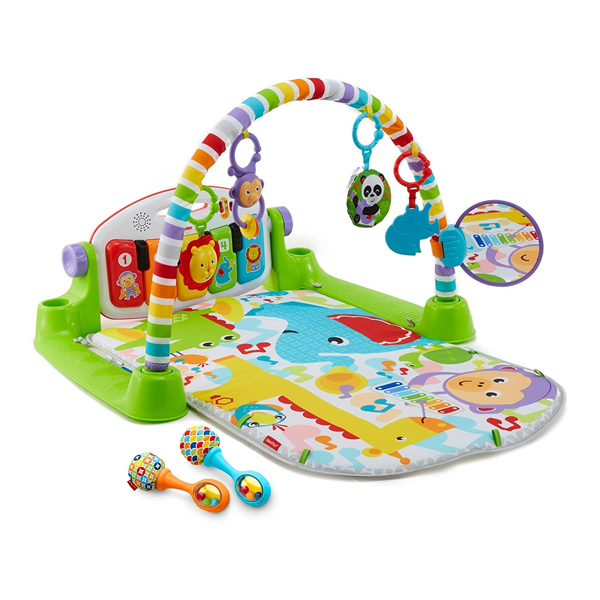
Common Hazards to Avoid
Newborns are fragile, and their toys must be carefully chosen. Understanding common hazards helps ensure safety.
Small Parts and Choking Risks
Toys with small parts can be dangerous for newborns. Babies explore objects by putting them in their mouths. Small pieces can break off and cause choking. Always check toys for loose buttons, beads, or detachable pieces. Avoid toys labeled for older children, as they often contain smaller components. Choose toys that are specifically designed for newborns to minimize choking risks.
Sharp Edges and Hard Materials
Sharp edges can harm a baby’s delicate skin or hands. Hard materials may cause injury during play. Inspect toys for smooth surfaces and rounded corners. Avoid toys with metal or rough plastic components. Opt for soft, cushioned materials that are gentle on newborns. Ensure toys do not have any protruding parts that could scratch or poke.
Batteries and Electronic Components
Battery-powered toys can pose safety risks for babies. Batteries can leak harmful chemicals or overheat. Loose or accessible batteries may lead to choking if swallowed. Avoid electronic toys with small removable parts. Choose toys that are mechanical or without electronic functions. If electronic toys are used, make sure the battery compartment is securely sealed.
Recommended Brands and Products for Newborns
Selecting the right brands ensures the toys you choose are safe and reliable. Trusted companies prioritize safety and quality in their products. Let’s take a closer look at highly recommended brands and popular newborn baby toys.
Trusted Brands in Baby Safety
- Fisher-Price: Renowned for its safe and age-appropriate toys. They undergo strict quality checks.
- Melissa & Doug: Focuses on non-toxic materials and simple, engaging designs for babies.
- HABA: Known for high-quality wooden toys crafted with non-toxic and eco-friendly materials.
- Green Toys: All toys are made from 100% recycled plastic and are BPA-free for extra safety.
- Manhattan Toy: Offers sensory-rich toys designed to foster newborn development while ensuring safety.
These brands prioritize materials that are safe for babies to touch, chew, and explore. Their certifications adhere to safety standards, making them reliable options for parents.
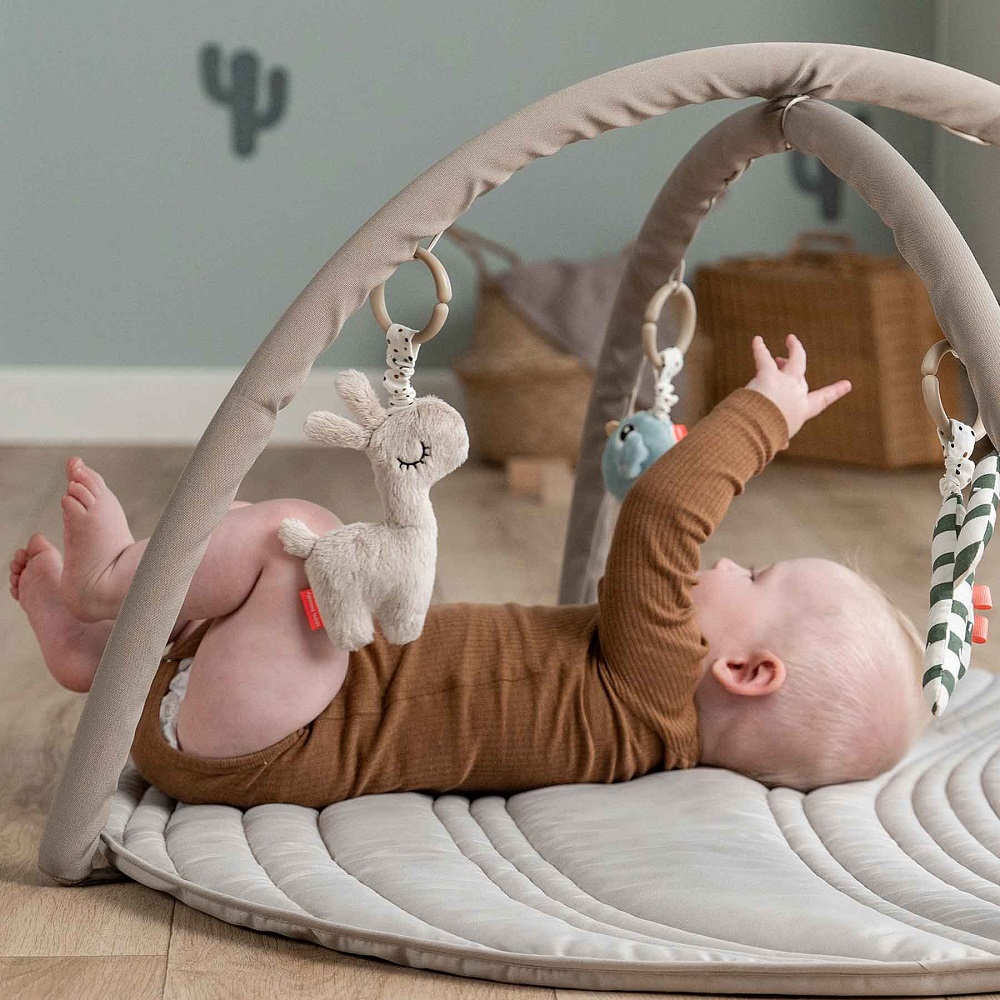
Popular Newborn Toy Recommendations
- Soft Plush Rattles: Combine the benefits of rattles and plush toys. They are soft and soothing.
- Silicone Teething Rings: BPA-free and gentle on gums. Textures provide sensory stimulation for newborns.
- Crinkle Cloth Books: Safe for chewing, easy to clean, and great for sensory play.
- Wooden Activity Grasping Toys: Small, rounded wooden toys encourage fine motor development without sharp edges.
- Washable Loveys: Soft, cuddly companions made with machine-washable, non-toxic fabrics.
These products not only provide safety but also encourage sensory engagement and development. Prioritize toys from trusted brands and ones labeled for newborns to ensure optimum safety and enjoyment for your baby.
Tips for Maintaining Safe Toys
Keeping newborn baby toys safe requires care and attention. Proper maintenance ensures toys stay hygienic and free of harm. Following these tips can help preserve their safety and usability.
Regular Cleaning Processes
Newborns often put toys in their mouths, making cleanliness essential. Wash toys regularly using recommended methods. Soft fabric toys can be machine-washed, while rubber or silicone toys should be wiped down with mild soap and water. Avoid using harsh chemicals that may leave residues. Regular cleaning prevents germs and ensures toys remain safe for babies to use.
Inspecting Toys for Damage
Check toys often for wear and tear. Loose parts, frayed edges, or cracks can create safety hazards. Discard damaged toys immediately to avoid risks like choking or injury. For electronic toys, ensure batteries are securely sealed and not leaking. Regular inspections ensure toys remain safe and functional for newborns.
Storing Toys Safely
Avoid leaving toys scattered where they can collect dirt or be damaged. Store toys in clean, dry areas to maintain their condition. Use bins or shelves that are easy to access while keeping toys organized. Separate toys by type to make searching easier and prevent contamination. Proper storage reduces the risk of accidents and keeps toys ready for safe playtime.
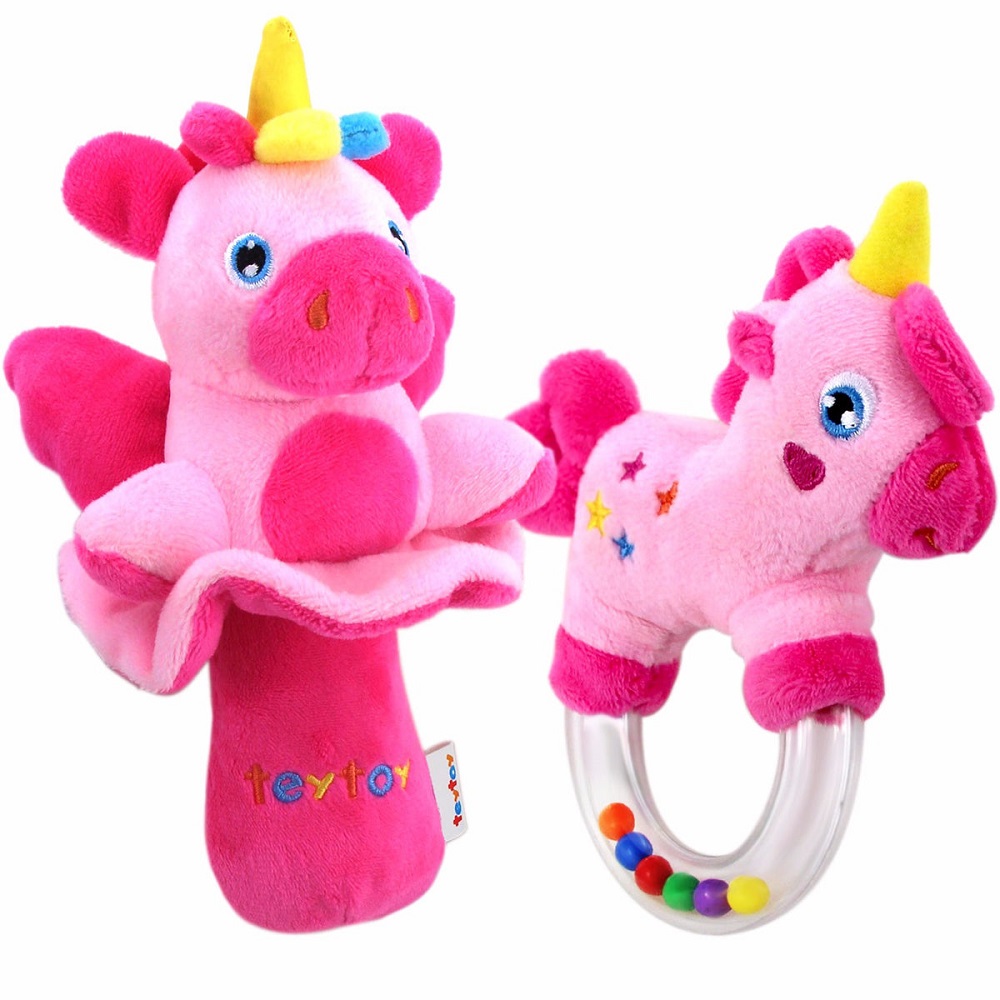
Where to Buy Safe Newborn Baby Toys
Choosing the right place to buy newborn baby toys is essential for ensuring safety and quality. Reliable sources offer certified and non-toxic toys, supporting your baby’s happy and healthy playtime.
Reliable Online Retailers
Online retailers provide convenience and variety for parents searching for safe newborn baby toys. Here are top recommendations to consider:
- Amazon: Offers a vast range of certified baby toys, including BPA-free teething rings and plush toys. Customer reviews help ensure quality.
- BuyBuyBaby: Focuses on baby products, with age-appropriate designs and safety-certified toys. Their collection includes sensory toys and washable plushies.
- Walmart: Features affordable, safe toys for newborns with ASTM certifications. Choose from brands like Fisher-Price and Melissa & Doug.
- Target: Provides a curated selection of developmental toys such as crinkle books and rattles, all meeting high safety standards.
- Green Toys Website: Offers eco-friendly and non-toxic toys made from recycled materials. Their products prioritize sustainability and safety.
When shopping online, always check specifications and reviews. Ensure the toys meet safety standards like CPSIA compliance, and confirm they are designed for newborns.
Local Stores with Quality Products
Local stores allow you to personally inspect and choose newborn baby toys for your child. Consider these trustworthy options:
- Baby Specialty Shops: Stores dedicated to baby products often stock safe, age-appropriate toys. Seek recommendations from staff for certified options.
- Department Stores: Chains like Macy’s and Nordstrom feature trusted brands like Manhattan Toy and HABA, ensuring quality and safety.
- Toy Stores: Retailers like Toys “R” Us provide a broad selection of newborn-safe toys, allowing a firsthand evaluation.
- Eco-Friendly Boutiques: Specialty shops may focus on organic or sustainable toys for a toxin-free choice.
- Local Artisan Markets: Discover handmade toys crafted from natural materials, ensuring unique and safe options.
When buying locally, inspect toys for certifications and ensure materials are non-toxic. Look for age-appropriate designs and check for loose or sharp parts. Staff can often answer questions about safety, giving you peace of mind.
By choosing online or local sources carefully, parents can secure safe and engaging toys for their newborns. Prioritize trusted brands and certified retailers in every purchase.

Creating a Safe Play Environment
Regularly Inspect Toys
After acquiring toys, it is essential to regularly inspect them for wear and tear. Over time, toys can become damaged or develop loose parts. Regularly checking for broken pieces ensures that toys remain safe for play. If a toy shows signs of damage, it is best to dispose of it immediately to prevent any hazards.
Establishing a routine for inspecting toys can help maintain their quality. This practice promotes safety and reinforces the importance of caring for items within the baby’s play area. Parents should encourage a tidy environment by removing broken or unsafe toys regularly.
Designate a Safe Play Area
Creating a safe play area for your newborn is vital in nurturing exploration while ensuring safety. A dedicated space can limit potential dangers and provide a comfortable atmosphere for play. Choose a soft area, such as a playmat or carpeted floor, to give your baby a safe place to explore.
Ensure the area is free from small objects or choking hazards. Keep toys organized in bins or baskets, making it easy for you to supervise playtime. A designated play area promotes focus during activities, allowing the child to develop skills while exploring safely.
Choosing Toys for Developmental Milestones
Sensory Toys
Sensory toys are specifically designed to stimulate a baby’s senses. These toys promote exploration by providing various textures, sounds, and colors. Sensory rattles or plush toys with different fabric patterns are excellent choices for helping newborns develop tactile awareness.
As babies grow, they begin to reach and grasp objects. Choose toys that encourage these movements to help develop fine motor skills. Toys that are easy to grip are ideal for newborns as they promote hand-eye coordination. Engaging with sensory toys fosters curiosity and encourages continued exploration.
Interactive and Musical Toys
Interactive toys that produce sounds or lights can engage infants effectively. Toys that play soft music or gentle sounds can soothe a baby while promoting auditory development. As babies start to respond to sounds, these toys can encourage cooing, babbling, and interaction.
When selecting interactive toys, ensure they are age-appropriate and safe for infants. Avoid toys that are too loud or jolting, as these can startle babies. Gentle melodies or soft sounds support a relaxed environment while stimulating auditory senses.
Prioritizing Safety in Playtime
In conclusion, choosing safe newborn baby toys for newborns is crucial for their development and well-being. Parents must consider various factors, including age appropriateness, materials, and safety standards. By following these guidelines, they can curate a play environment that nurtures exploration while ensuring safety.
The right newborn baby toys can foster sensory development, fine motor skills, and social interaction. Sensory toys, rattles, and plush items provide engaging experiences that promote cognitive growth. Additionally, creating a designated play area and regularly inspecting toys enhances safety during playtime.
In this important stage of life, investing time into ensuring safe and stimulating toys can create a nurturing environment for infants to thrive. By prioritizing safety, parents can enjoy precious moments spent playing with their newborns, confident that their toys contribute positively to their child’s growth and development.

